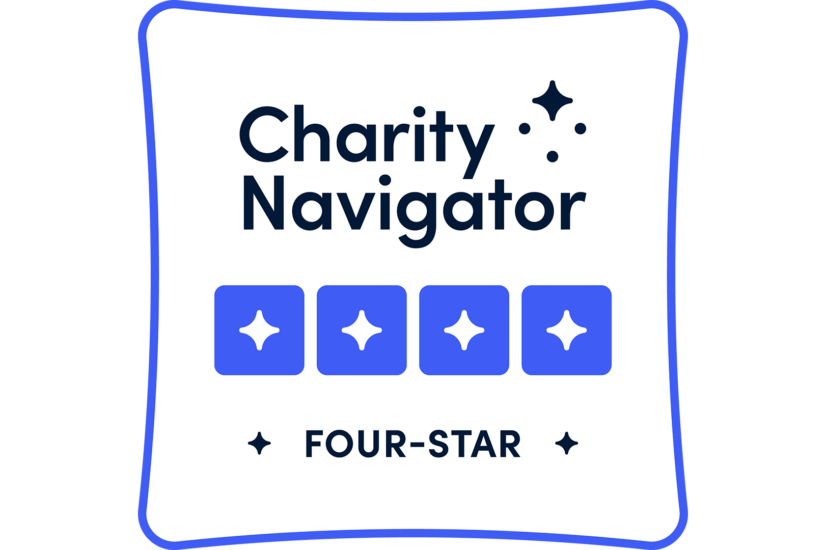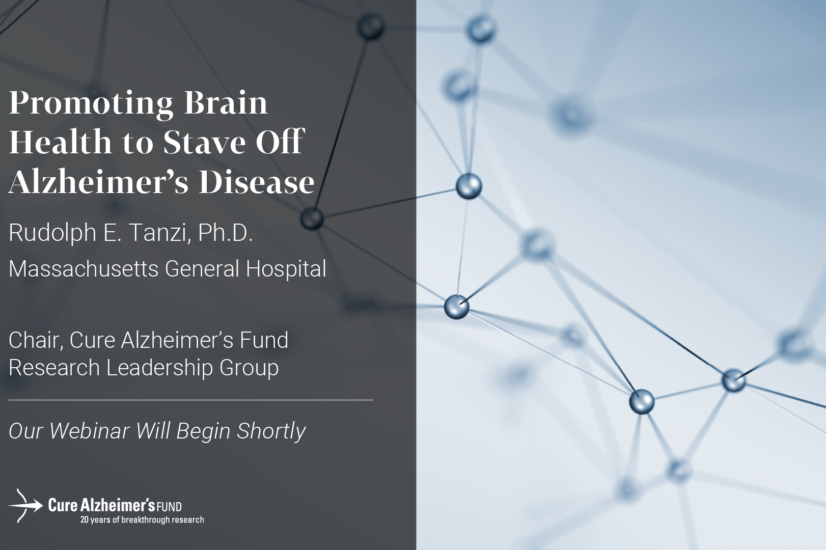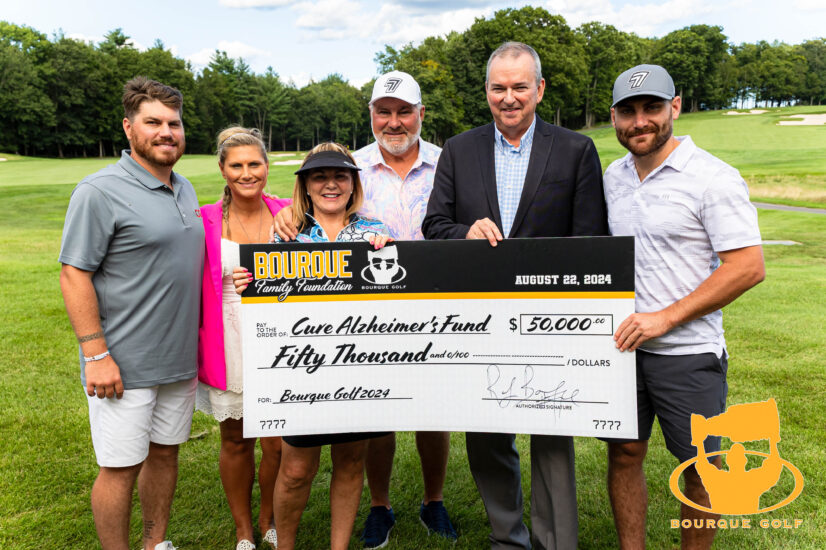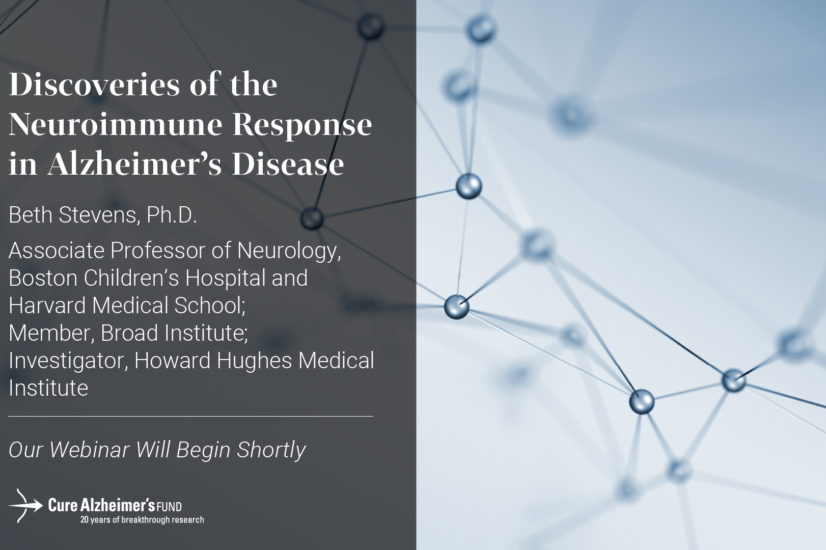Washington – With more than 5 million Americans now living with Alzheimer’s disease, a 10 percent increase since 2002, medical researchers are in a sprint to map and sequence the genes susceptible to Alzheimer’s in hopes of leading to more aggressive therapeutic interventions to slow, stop or even reverse the effects of the disease.
While significant progress has been made, now the importance of winning that race is even more critical to save the 16 million baby boomers predicted to contract this devastating disease, members of the Bipartisan Congressional Task Force on Alzheimer’s Disease were told in a March 27 briefing by Dr. Rudolph Tanzi, Chairman of the Cure Alzheimer’s Fund Research Consortium and Director of the Genetics and Aging Research Unit of MassGeneral Institute of Neurodegenerative Diseases.
“It’s no surprise that as baby boomers move into the age of highest risk, our nation will have more people growing older and more people living longer, and a burgeoning public health crisis,” Dr. Tanzi told the Task Force. “With the innovative developments in technology, knowledge of the humane genome and the extensive data on AD-related genes, we are on the cusp of a rare ‘science moment,’ when intensive research could yield a real breakthrough for an Alzheimer’s cure.”
At the briefing Rep. Ed Markey (D-Mass), co-chair of the Task Force, praised the Cure Alzheimer’s Fund for its support of groundbreaking Alzheimer’s genome research and its role in the public-private partnership to find a cure for this devastating disease.
Rep. Markey said, “Since 2003 the NIH budget has been cut by 13% in terms of purchasing power. This cut has threatened the scientific community’s ability to realize the investments made by previous generations of scientists and has slowed progress towards a cure for Alzheimer’s. Especially in the absence of adequate federal funding, foundations like Cure Alzheimer’s Fund are critical to continuing the pursuit for a cure.”
Research into the human genome, as well as new gene identification technology, has helped to isolate specific genes that contribute to the risk for Alzheimer’s. In addition, massive amounts of data collected from families afflicted with late-onset Alzheimer’s have provided new clues about how to combat the debilitating disease, which robs the elderly of memory and cognitive skills. Eventually genetic testing may be able to predict risk for the disease early in life and guide therapies to treat the disease.
Tanzi and Rep. Markey also addressed the policy and privacy implications of genetic testing and the importance of safeguards against genetic discrimination such as the Genetic Information Nondiscrimination Act (GINA). This law prevents employers and others from collecting genetic data on employees and insurers denying coverage or charging higher premiums based on a genetic disposition to the disease.
Through the public charity Cure Alzheimer’s Fund, Dr. Tanzi has put together an international team of experts dedicated to finding treatments and, eventually, a cure. The core strategy of the Foundation is the Alzheimer’s Genome ProjectTM initiative, which has the objective of identifying all relevant remaining Alzheimer’s genes that have not yet been discovered, thereby identifying more targets for the development of therapeutic interventions.
“This is an auspicious time for accelerating Alzheimer’s disease research. We have made great strides with the discovery of new genes never thought to be linked to Alzheimer’s,” Dr. Tanzi said. “The commitment of Cure Alzheimer’s Fund and other private and public organizations has been critical to our progress, and their continued support will be of the utmost importance to future breakthroughs to win the battle against this devastating disease.
“We see the light. We know what we need to know,” said Dr. Tanzi. “We believe we can make a real breakthrough that should lead to better early detection and more effective intervention therapies and treatment of the disease.”
Dr. Tanzi points out that finding a treatment that could delay onset by 5 years could reduce the number of individuals with Alzheimer’s disease by nearly 50 percent after 50 years. “Someday in the future, we hope to have a test for Alzheimer’s. By 2050, people won’t wait for the disease; they’ll fight first,” said Dr. Tanzi said. “But right now, every day counts.”
Cure Alzheimer’s FundTM is a 501c3 public charity established to fund targeted research with the highest probability of slowing, stopping or reversing Alzheimer’s disease. For more information please visit http://www.curealzfund.org/







